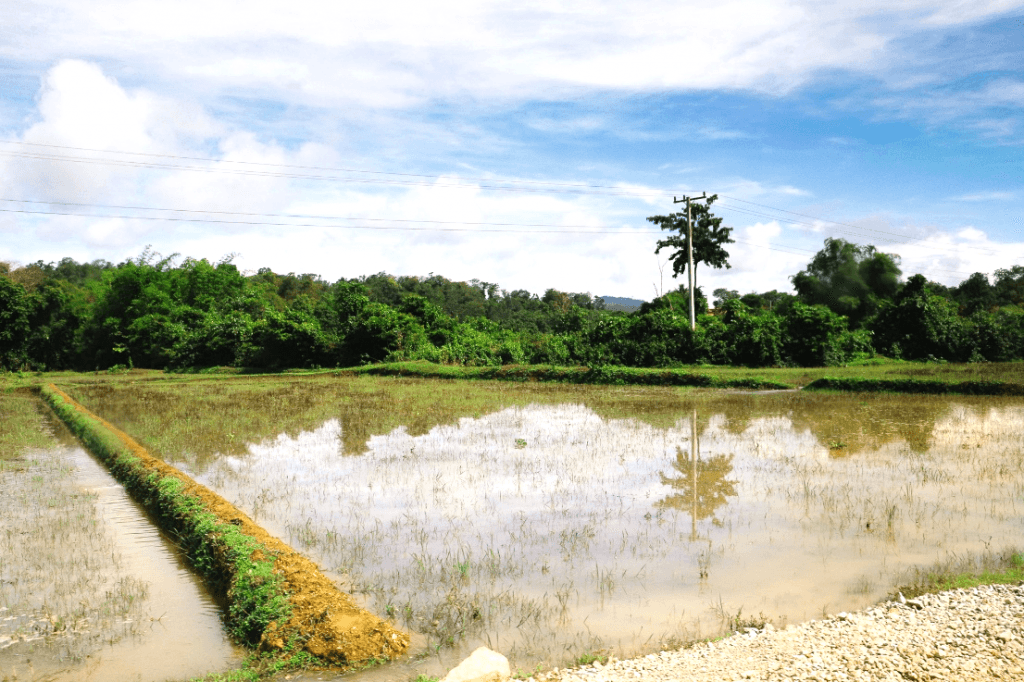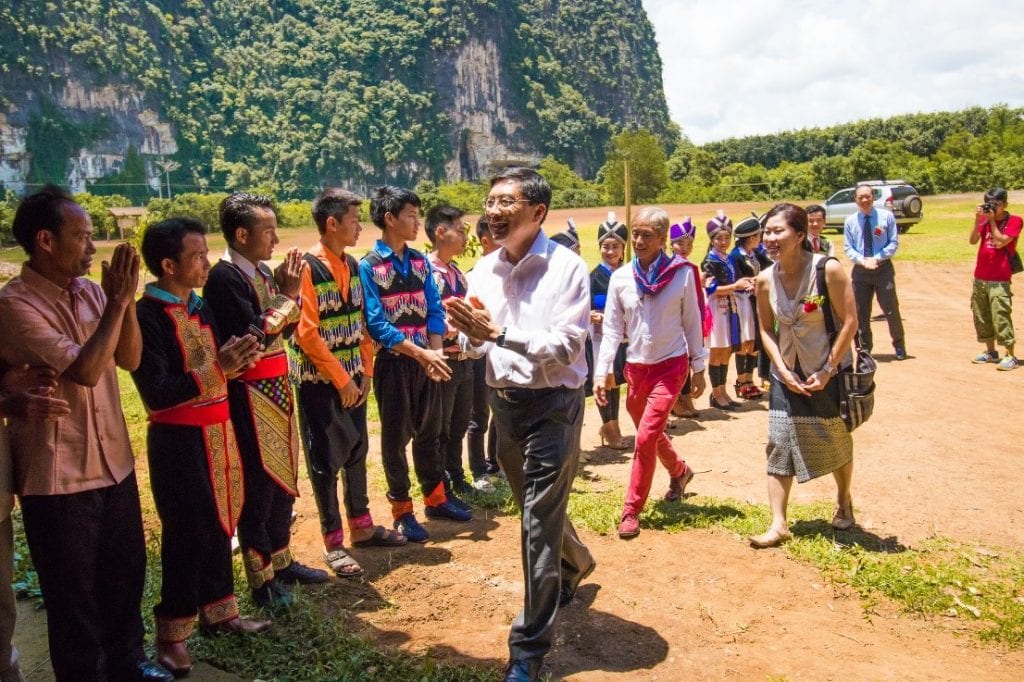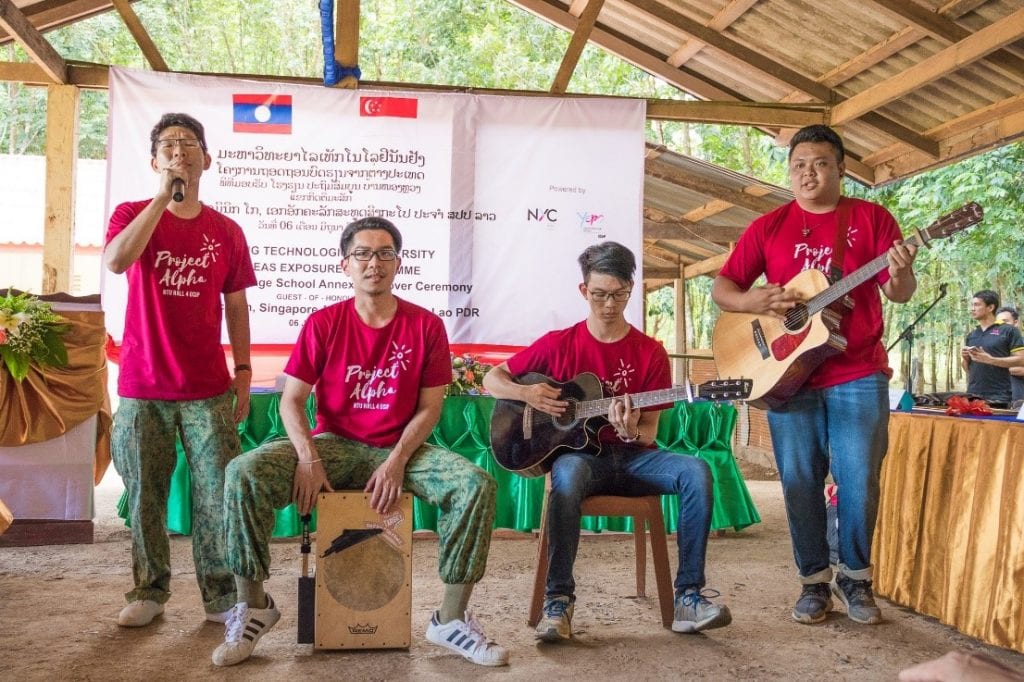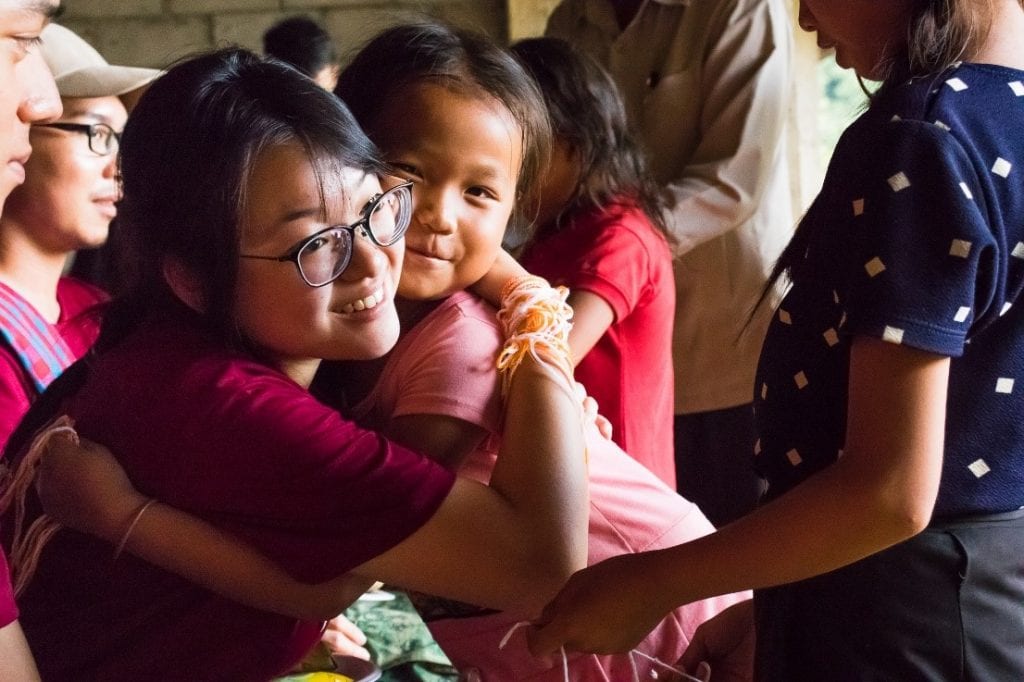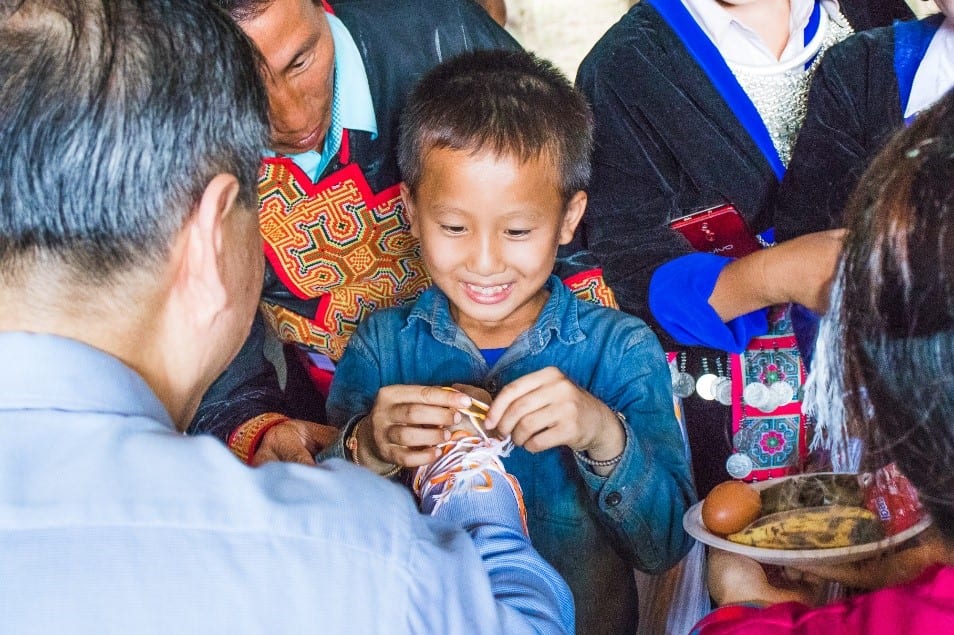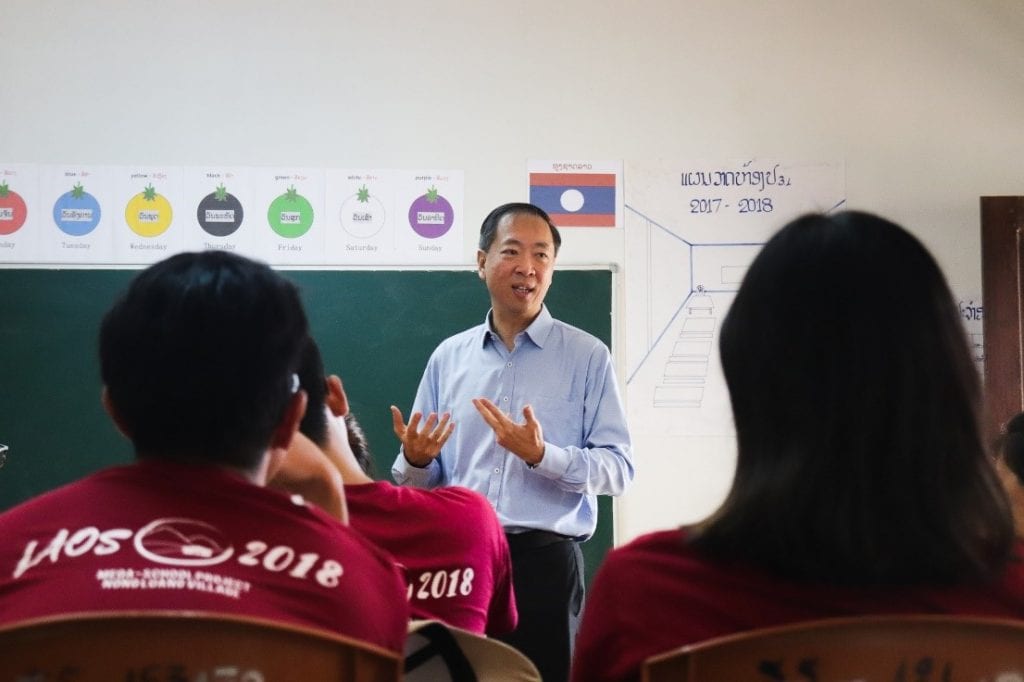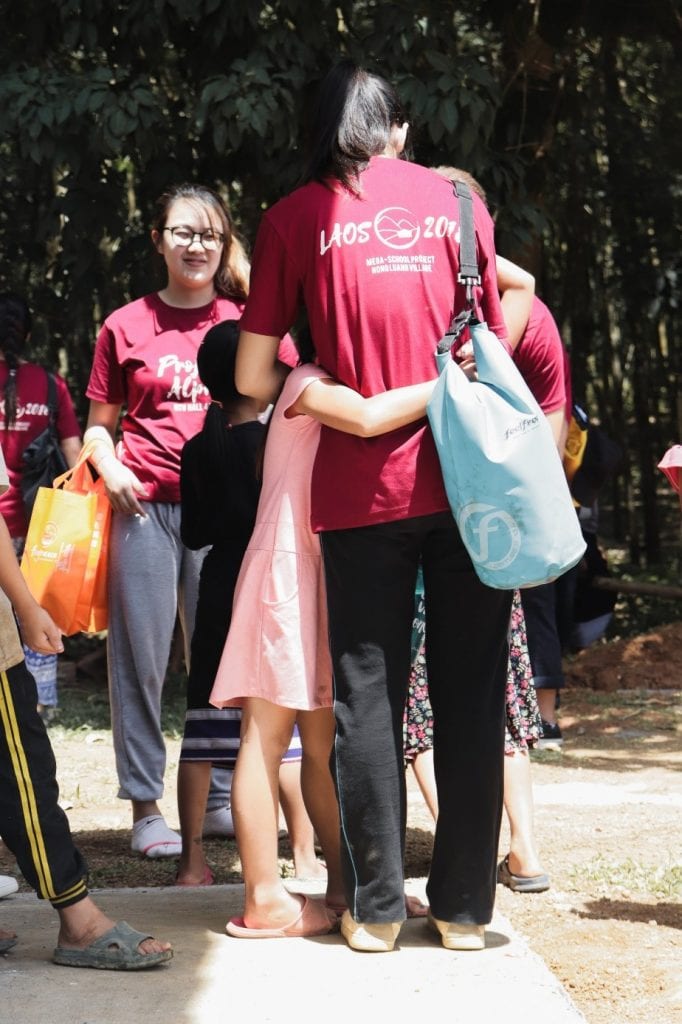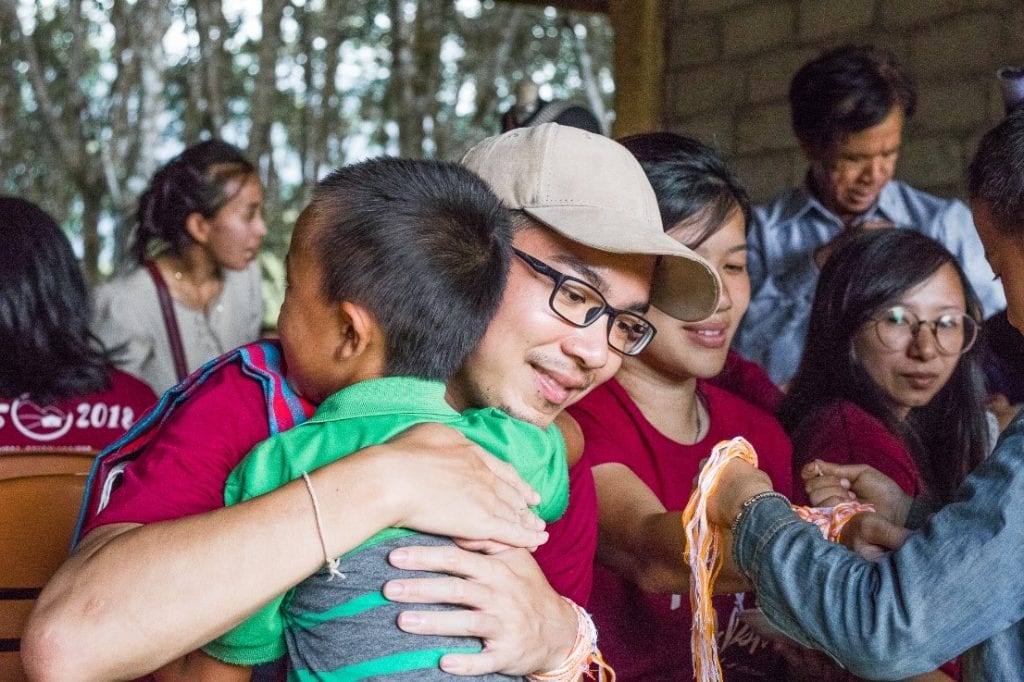Over the past two years, 11 teams of NTU students had been hard at work during semester breaks constructing a school annex at the Hin Heup District in Laos, a three-hour drive from Vientiane, its capital.
Students from the NTU Welfare Services Club, hall of residence clubs and other school and student groups were part of the Nong Luang Village School Annex Project to transform the lives of the villagers.
“The days we spent in the village taught us to adapt to different living conditions. We became more willing to step outside of our comfort zones in order to interact with and help the people we were serving,” says Adrien Chee, who led a team from the Wee Kim Wee School of Communication.
“Many of us had a hard time adjusting, but this was a golden opportunity to understand what life is like outside Singapore,” he adds.
Participating in an overseas community service trip was a leap of faith for Joanne Tan. New to such a venture, she signed up for the opportunity to challenge herself and push boundaries. To her delight, she learnt a lot about the Laotian culture and was surprised by her own determination to do her part. Joanne shares: “I am willing to go back and give my time to help the villagers enjoy a better life. I have taken away so much from this experience. I really treasure it.”
Electrical engineering undergrad Abdul Hakim bin Abdul Ranie was in the last contingent of NTU students who helped with the completion of the school annex.
The warmth of the villagers surprised him the most, especially when they remembered him from his previous visits. “The children prepared gifts and plants for all of us, even for those who couldn’t make it this time,” he says. “The adults also remembered us and showed us the photos we gave them.”
The hospitality of the villagers was returned in kind during “cluster cooking” when the students cooked for the villagers. One evening, they prepared a feast of tom yum soup, omelettes, cereal fried chicken and Cajun-spiced fried chicken for about 100 people.
“It is nice to see them eating the food that we cooked for them,” recounts Hakim. “The village chief came up to me and said sep nai lai, which means ‘very delicious’, and gave me two thumbs up.”
Despite the seemingly daunting task of cooking for so many, the students worked together to pull off the feat with great teamwork. “I saw everyone looking out for one another and offering help. Everyone went above and beyond their allocated duties. It is this teamwork that made cluster cooking so smooth,” says Hakim.
With the completion of the school annex, there is now a 384-square metre extension of the primary school comprising six classrooms with electrical fittings and furniture, along with a two-metre wide corridor.
The classrooms are well-equipped with chairs, tables, chalkboards, ceiling fans and lights, providing the village children an optimal environment for studying. This is the first time Nong Luang Village has received external funds and manpower to upgrade its school facilities.

According to Mr Bounhieng Phommachanh, the director general of Nong Luang Village School, the school has become the first modern school in the district, and even children from nearby schools have expressed an interest in studying there.
“Our school used to be in a very bad state and I am very pleased with how it looks now,” he said.
To mark this momentous occasion, a handover ceremony was held. It was attended by dignitaries, including Singapore’s ambassador to Laos, Mr Dominic Goh.
The air was buzzing with excitement as the villagers and NTU students geared up for the ceremony. While the NTU students perfected their rendition of Country Road on guitar and cajón, the young Laotian students donned their traditional costumes and danced. Word spread far and wide and the event attracted the attention of many curious onlookers.
A Baci ceremony was also held as a way for the villagers to show their appreciation. Traditionally used to celebrate important occasions, the ritual involves tying strings around another person’s wrist to preserve good luck. A cotton thread symbolising purity is tied around the right wrist as a form of blessing. It is customary to wear the threads for at least three days and to untie them afterwards. It is also believed that a piece of thread falling off on its own means the person has avoided an unfortunate event.
“Every villager will come up to you, even the kids you teach. At the end of the ceremony, there are chunks of strings on your wrist. It is very touching as all the villagers want is for you to be successful, healthy and happy,” says Marie Ng, the leader of the Hall 4 team.
Opportunities like the Nong Luang Village School Annex Project support the growth of NTU undergraduates. “Going overseas to a place like this will definitely be a character-building experience,” says the Deputy Associate Provost (Student Life) of NTU, Assoc Prof Victor Yeo.
“Students should think about using their skills and talents gained in NTU to benefit society. It is not just about doing well academically but developing competence in all forms, including living, working and interacting with others,” he elaborates.
The scope of such overseas exposure programmes could be expanded to involve more community-minded students, adds Assoc Prof Yeo.
He points out that NTU’s global network of alumni is a key strength, and creating a platform to connect students with these professionals all over the world would be a tangible way of providing support. “We can work with alumni and let them mentor our students.”
On their last day in Laos, as the sun set on the horizon and the sky dimmed, the students packed up and bade their final farewells to the villagers gathered at the new school premises.
They had completed another milestone in serving the global community, and the lessons they take home will stay with them. Their work did not end here as the educational programmes crafted were also used in Singapore to benefit children with special needs with an art workshop.
“We want to help underprivileged children in our own backyard who don’t have access to such activities. That’s how we can continue the work in Singapore,” says Marie.

